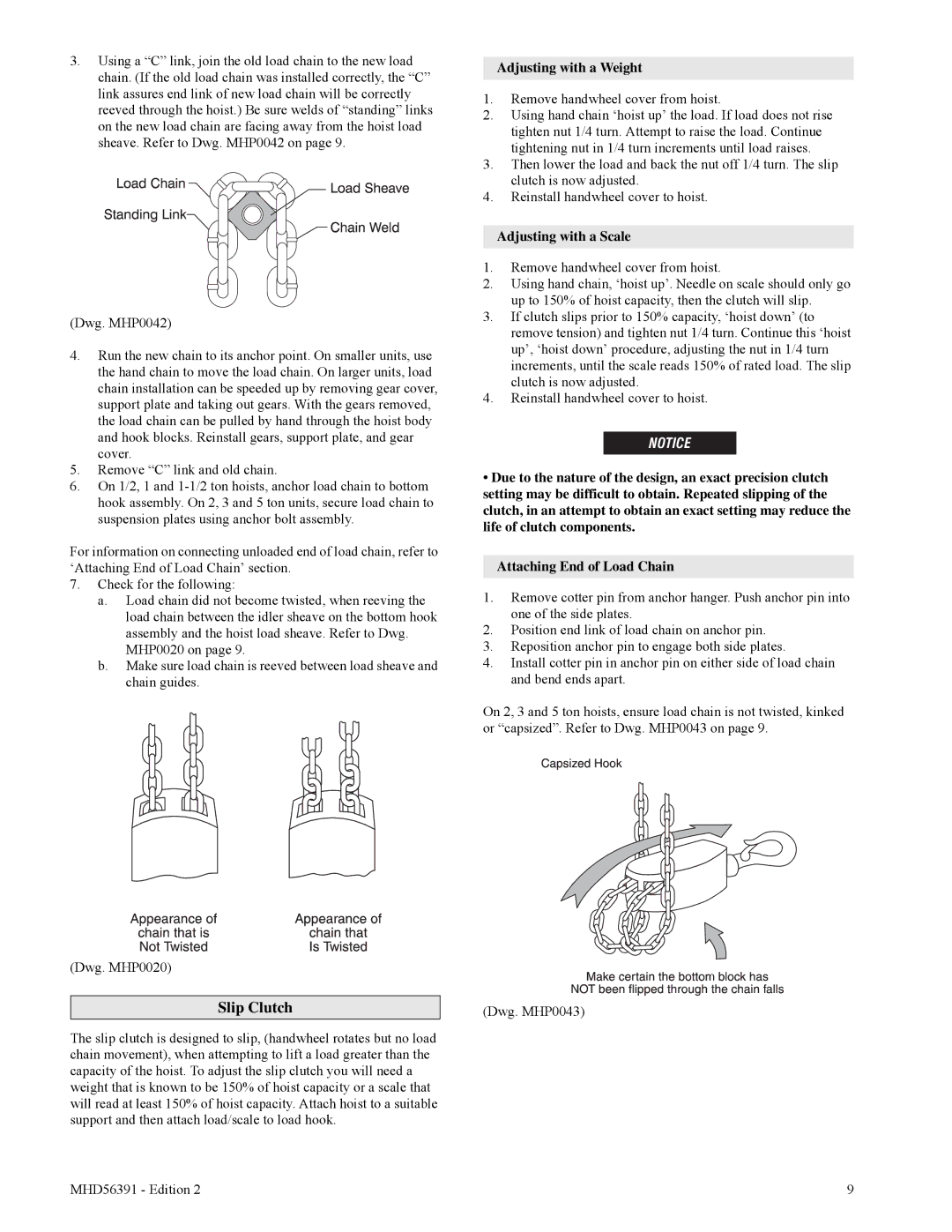SMB010, SMB020, SMB005, SMB030, SMB015 specifications
Ingersoll-Rand has a long-standing reputation for high-quality air compressors and associated products, featuring robust engineering and innovative technologies. Among their popular models are the SMB020, SMB005, SMB050, SMB015, and SMB030. Each model caters to a specific range of applications, making them versatile tools for various industries.The SMB005 is ideal for small projects or businesses that require minimal compressed air. This model features a compact design, allowing it to fit into tight spaces without sacrificing performance. It boasts a low operating noise level, which is a critical factor for indoor applications. The SMB005 is equipped with a reliable motor and efficient air delivery, ensuring that it meets the demands of various pneumatic tools while maintaining energy efficiency.
Moving up the range, the SMB015 offers increased power and airflow, suitable for medium-sized applications. With advanced engineering, this model provides excellent reliability and performance. Its user-friendly interface allows for easy operation and monitoring. The SMB015’s built-in thermal protection prevents overheating, adding an additional layer of safety and longevity to the compressor.
The SMB020 model caters to slightly larger applications, providing enhanced airflow and pressure capabilities. This model has been designed with advanced noise-reduction technology, delivering a quieter operation while ensuring that it performs optimally. Its durable construction allows it to endure rigorous working conditions, making it a hit among professionals in construction, automotive, and manufacturing sectors.
For those seeking higher performance, the SMB030 and SMB050 models are standout choices. The SMB030 is engineered for heavy-duty applications, featuring high efficiency and reliability. With an advanced control system, it manages energy consumption effectively while ensuring maximum output. This model integrates modern technologies such as Variable Speed Drive (VSD), which adjusts the compressor's speed according to the air demand, thus optimizing energy usage and reducing overall costs.
Lastly, the SMB050 is the most powerful model in this series, designed for demanding tasks. It comes with advanced monitoring systems that allow users to track performance metrics in real-time. The robust cooling system ensures consistent operation, even under heavy loads. Its ease of maintenance and serviceability makes it a preferred choice for facilities that rely on consistent uptime.
In conclusion, the Ingersoll-Rand SMB series, including the SMB005, SMB015, SMB020, SMB030, and SMB050, demonstrates a blend of cutting-edge technologies, user-friendly design, and versatility. Each model caters to specific needs, providing reliable performance across various applications and industries.

